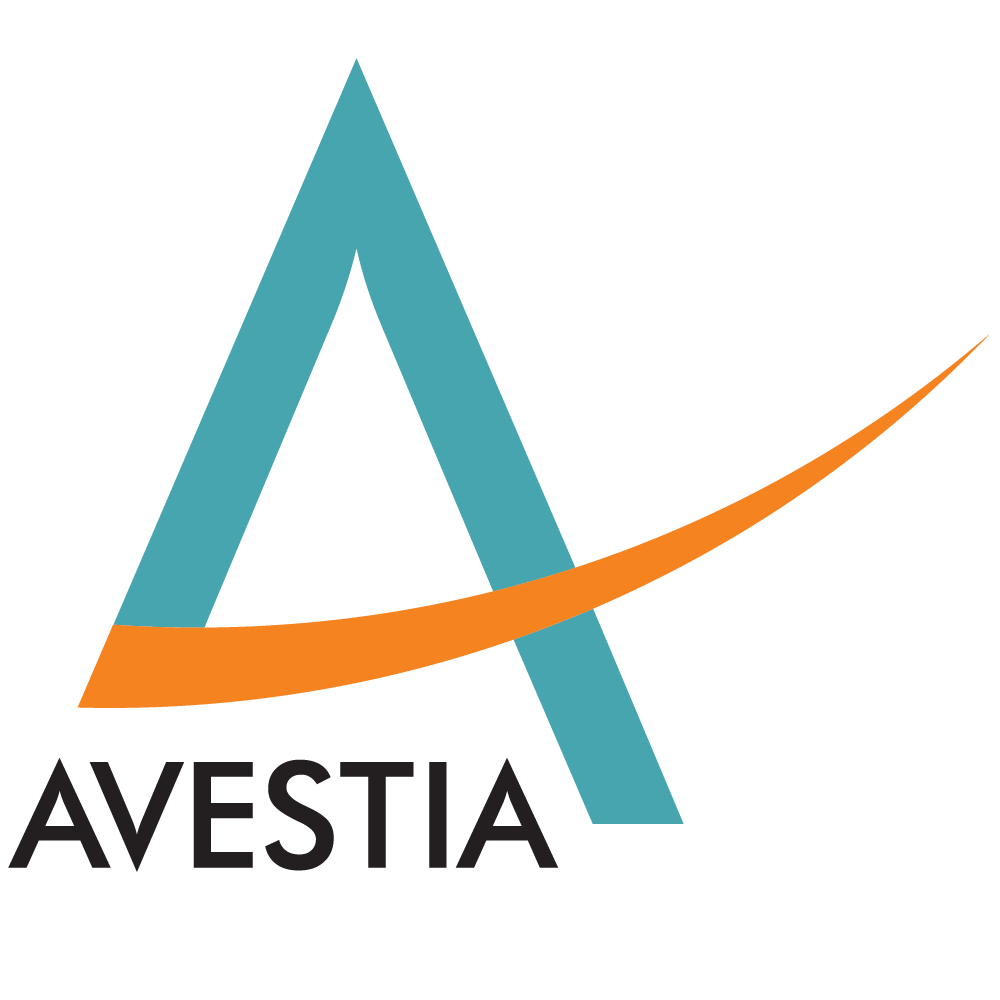Ryan Liu, Sarah Chen, Henry Hou, Chengbiao Wu, Linda Shi, Veronica Gomez-Godinez
Abstract: The widespread use of artificial food dyes has been recognized as a significant health risk in complicated neurological issues, particularly in children. In this study, we investigated the effects of Yellow 5 (Tartrazine) on cultured mouse cortical and hippocampal neurons. We combined Fluo-4 calcium imaging and laser-induced shockwave injury to examine possible dye-related alterations in intracellular calcium signalling in neurons. Our results demonstrate that hippocampal neurons that were treated with Yellow 5 and Methyl Yellow showed an increase in calcium signals, suggesting these yellow food dyes increase these neurons’ vulnerability to mechanical stress. Treating cortical neurons with these dyes altered calcium kinetics, with some variability depending on the solvent condition. Taken together, our findings provide evidence that food dyes might influence neuronal activity and injury response. We conclude that artificial food dye exposure can potentially induce neuronal damage, highlighting the need for further studies to define the impacts of the artificial food dye on brain development and function.
Keywords: Neurotoxicity, artificial food dye, calcium imaging, hippocampal neurons, cortical neurons, shockwave injury.
Date Published: October 30, 2025 DOI: 10.11159/jbeb.2025.004
View Article